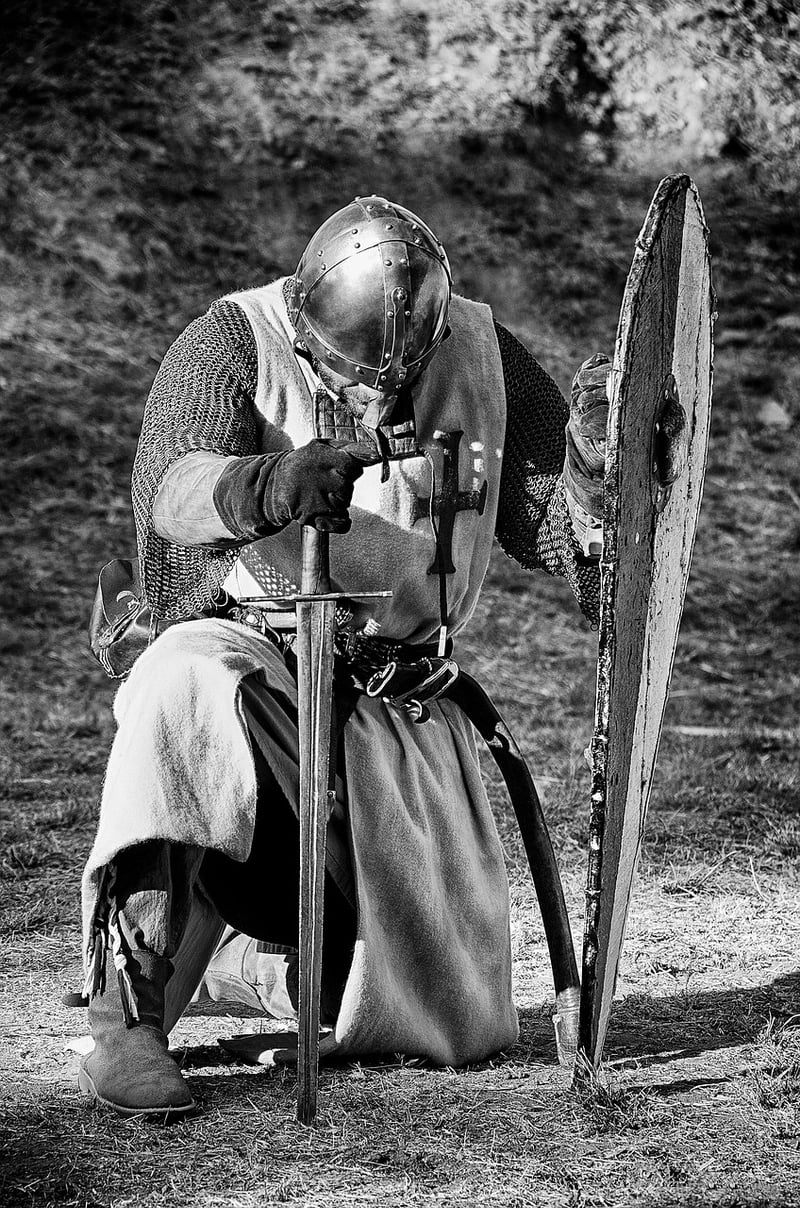Historical Revisions
Alter the Course of History: Exploring Historical Revisions
History is not set in stone; it is a dynamic narrative constantly shaped by new discoveries, perspectives, and interpretations. Historical revisions play a crucial role in challenging established narratives, uncovering hidden truths, and reshaping our understanding of the past. Let's delve into the fascinating world of historical revisions and explore how they can alter the course of history.
The Importance of Historical Revisions
Historical revisions offer a fresh lens through which to view the past. By reevaluating primary sources, reinterpreting events, and incorporating marginalized voices, historians can provide a more nuanced and accurate depiction of historical events. This process not only corrects misconceptions but also helps us learn from the mistakes of the past and gain a deeper appreciation for the complexities of history.
Examples of Historical Revisions
One of the most famous examples of historical revision is the reinterpretation of Christopher Columbus's legacy. Once hailed as a hero who discovered America, Columbus is now viewed in a more critical light for his brutal treatment of indigenous peoples. This shift in perspective has led to a reevaluation of Columbus's role in history and a greater emphasis on the experiences of the native populations affected by European colonization.
Another significant historical revision is the reexamination of the Civil Rights Movement in the United States. While figures like Martin Luther King Jr. are revered for their leadership, there is a growing recognition of the contributions of lesser-known activists, particularly women and LGBTQ individuals, who played a vital but often overlooked role in the movement.
Challenges and Controversies
Despite their benefits, historical revisions can also spark controversy and pushback from those invested in traditional narratives. Some may resist reevaluating long-held beliefs or feel threatened by the prospect of a more complex and multifaceted understanding of history. However, it is through these debates and discussions that our understanding of the past can continue to evolve and grow.
Embracing a Dynamic View of History
As we navigate the complexities of historical revisions, it is essential to embrace a dynamic view of history that acknowledges its fluid and ever-changing nature. By remaining open to new interpretations, challenging established narratives, and amplifying marginalized voices, we can create a more inclusive and accurate representation of the past.
History is not a fixed entity but a living, breathing story that we have the power to shape and redefine through historical revisions. By engaging with diverse perspectives and embracing complexity, we can truly alter the course of history and pave the way for a more enlightened understanding of our shared past.

Image Source: Pixabay
